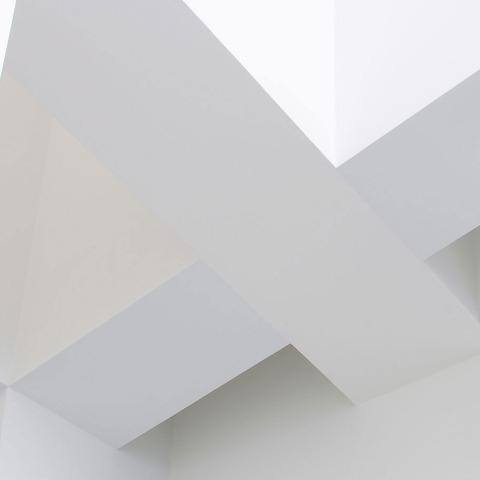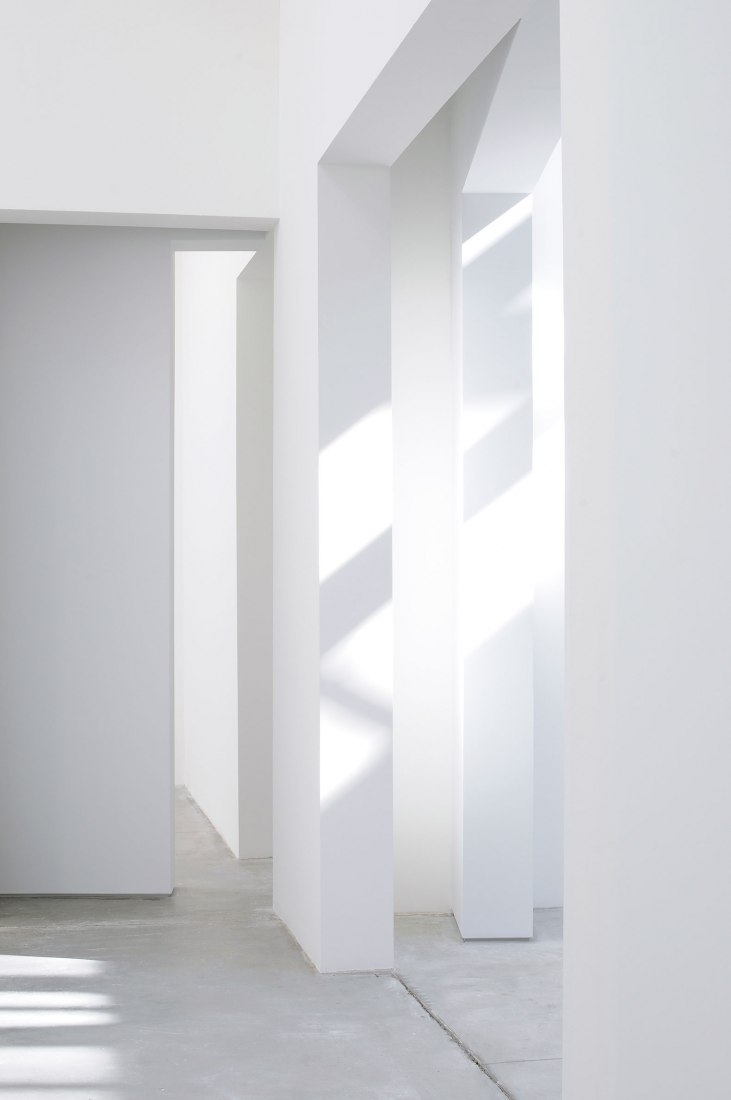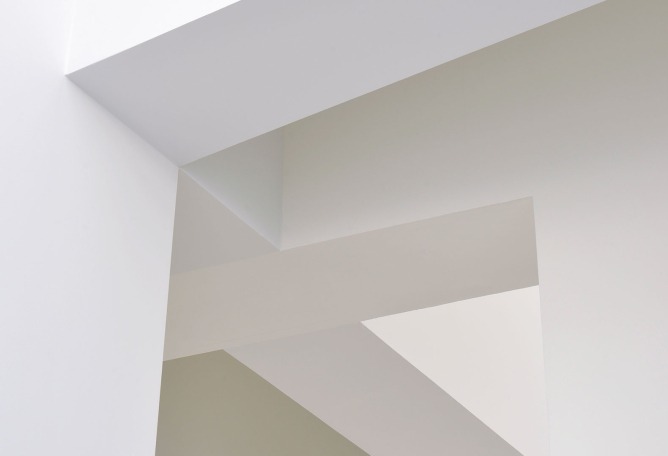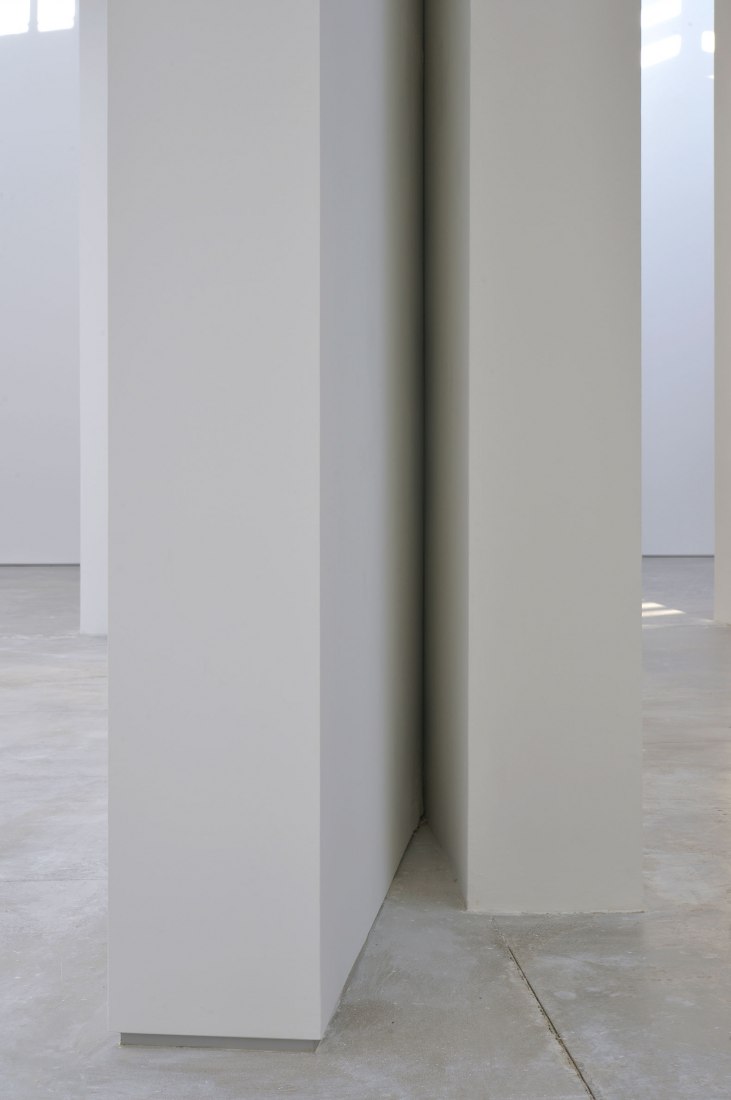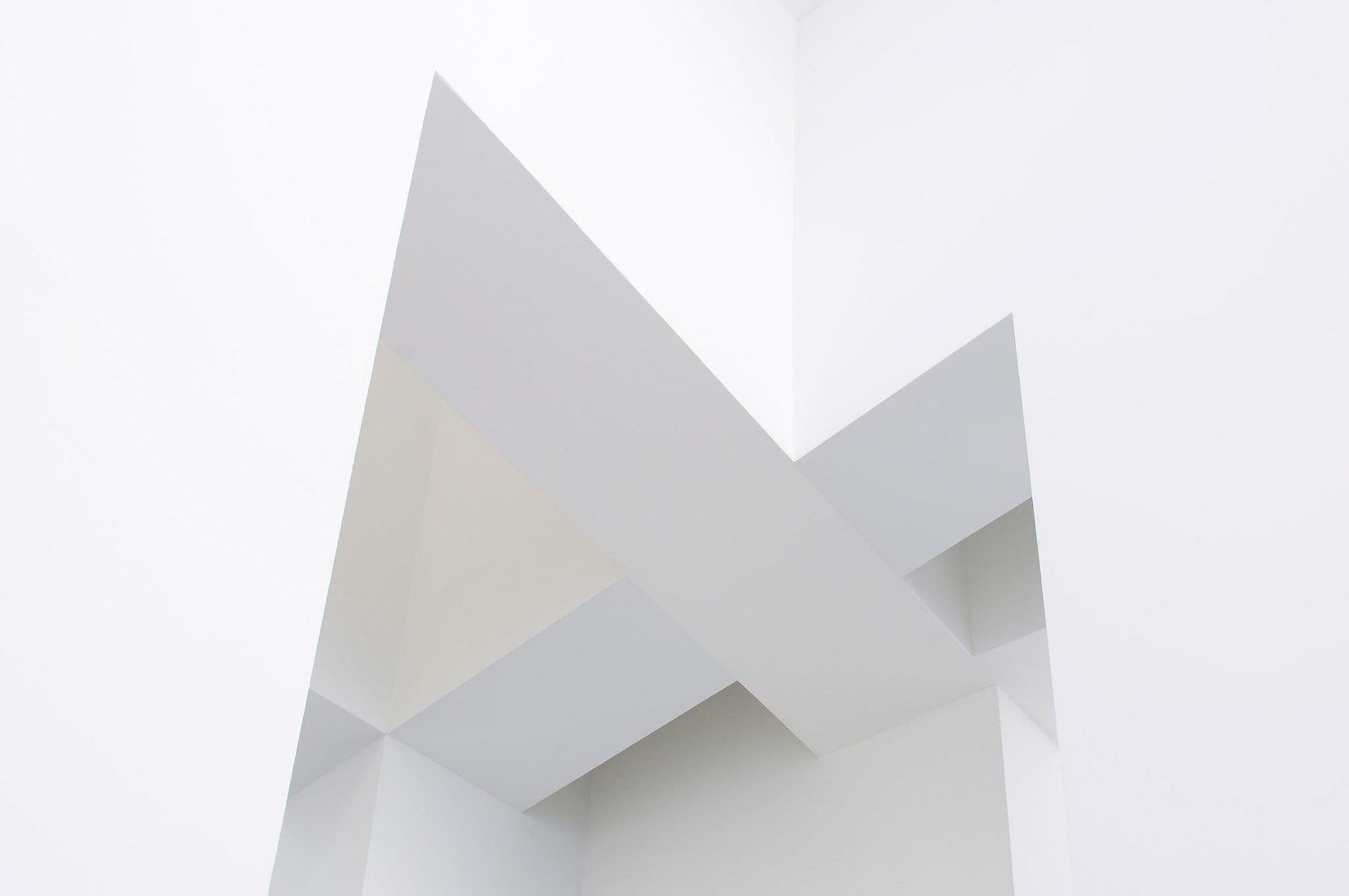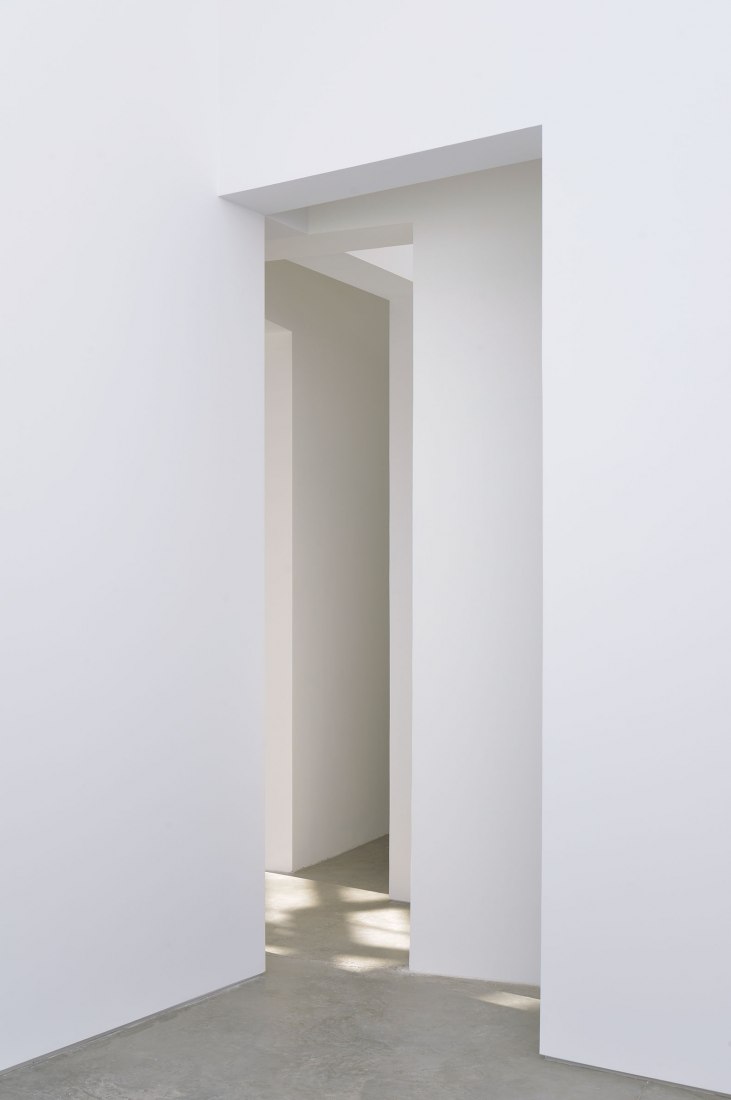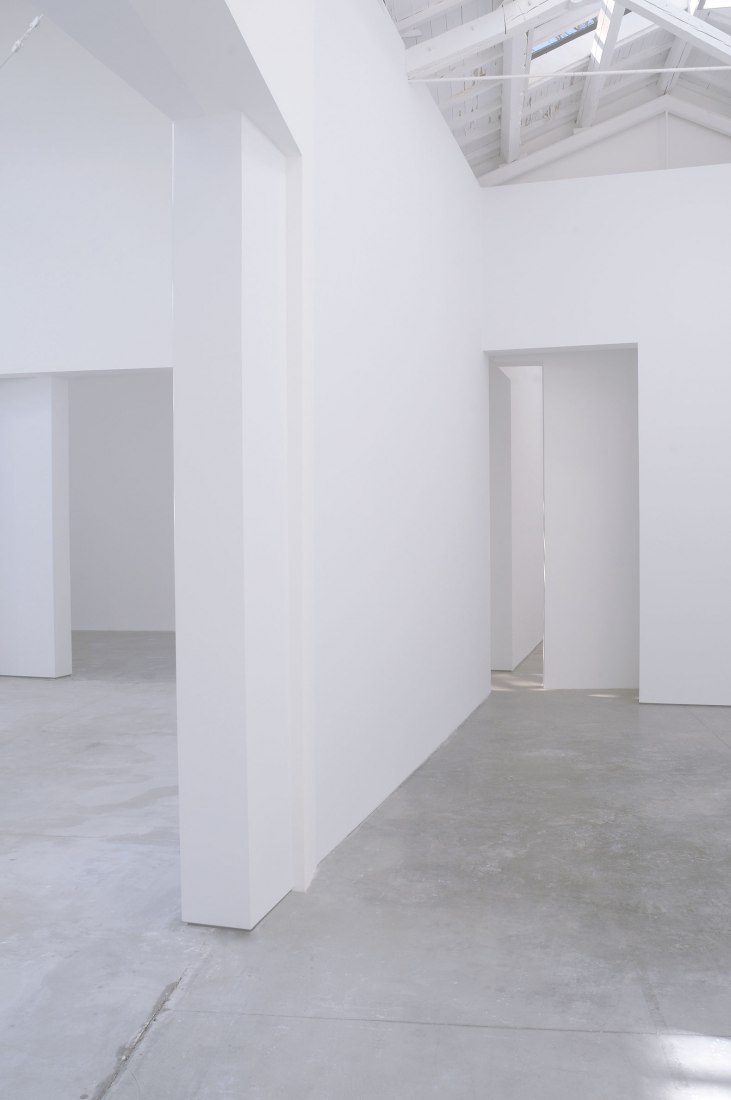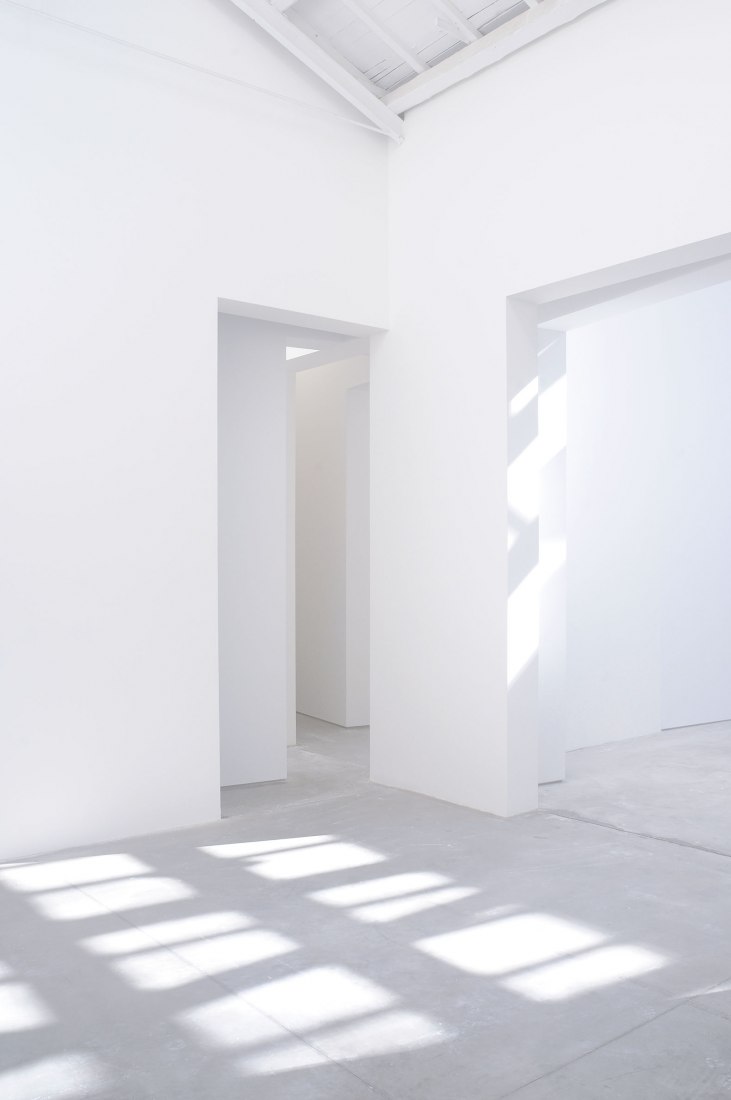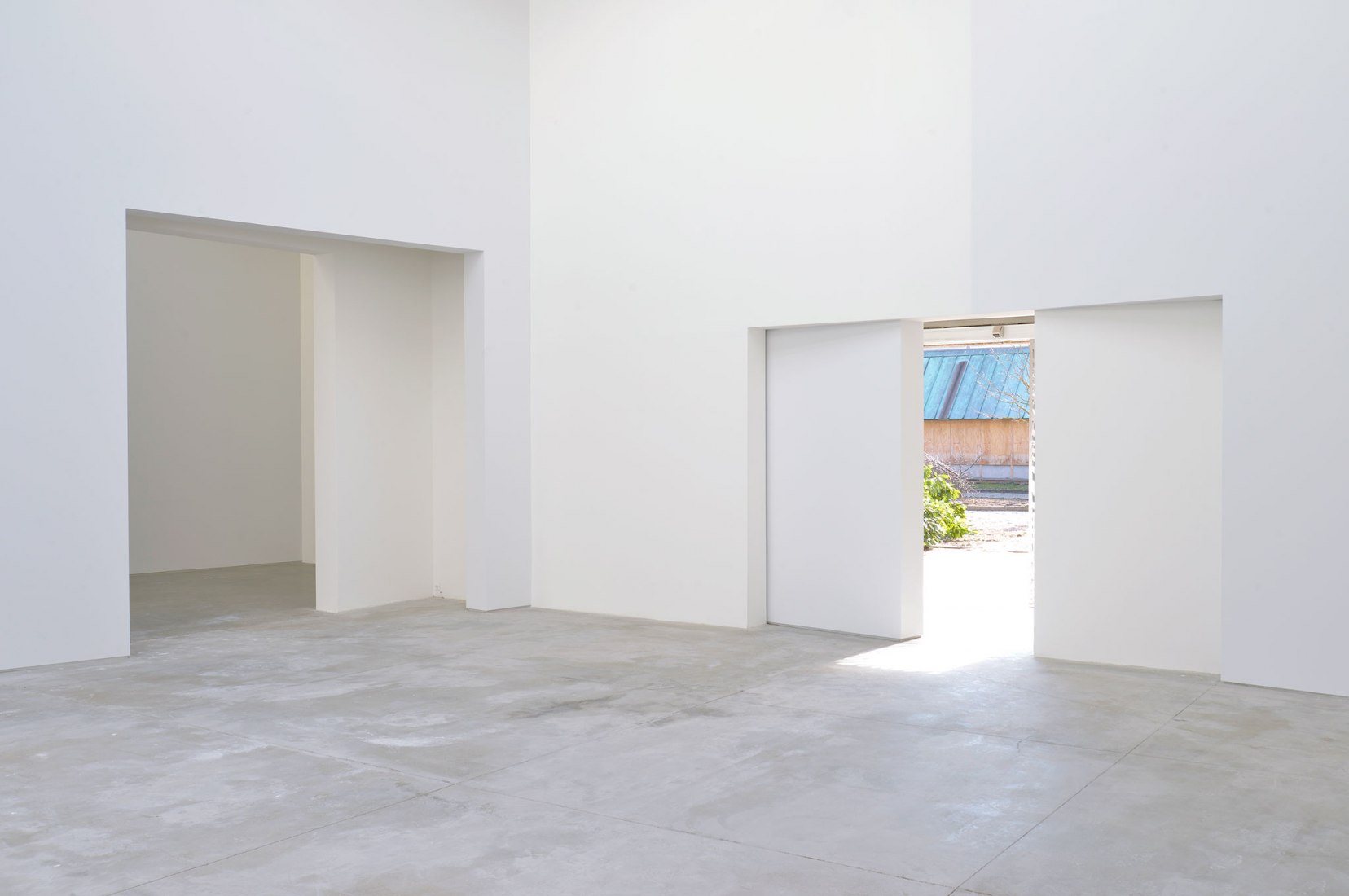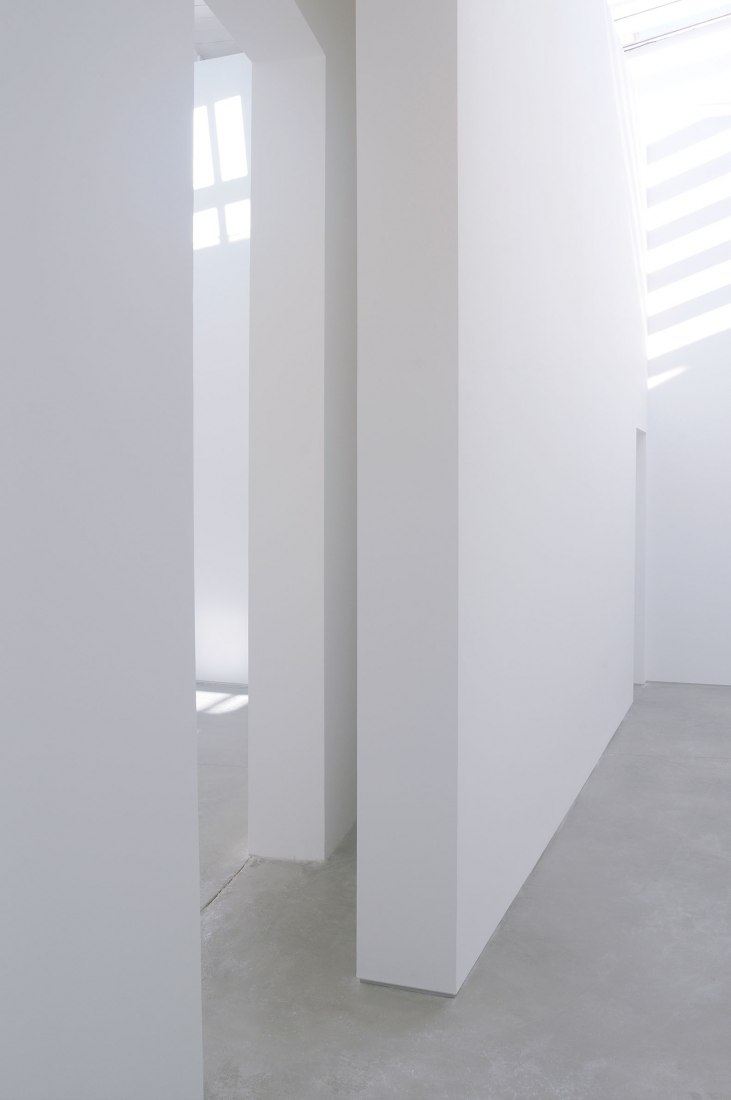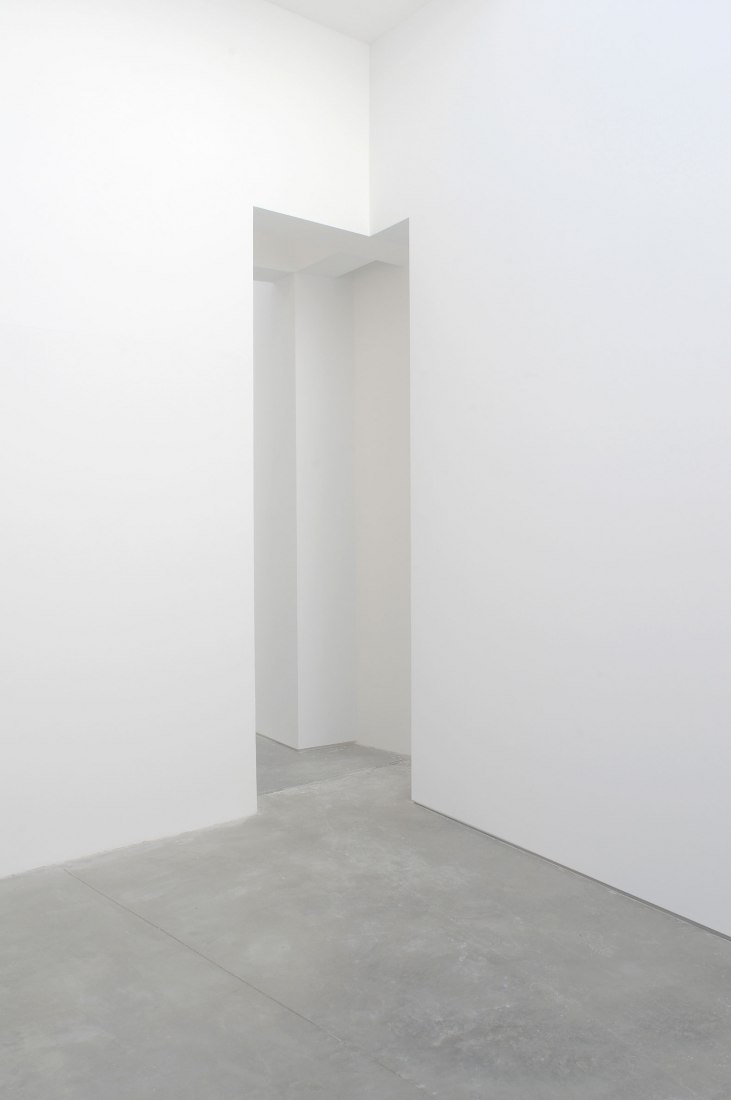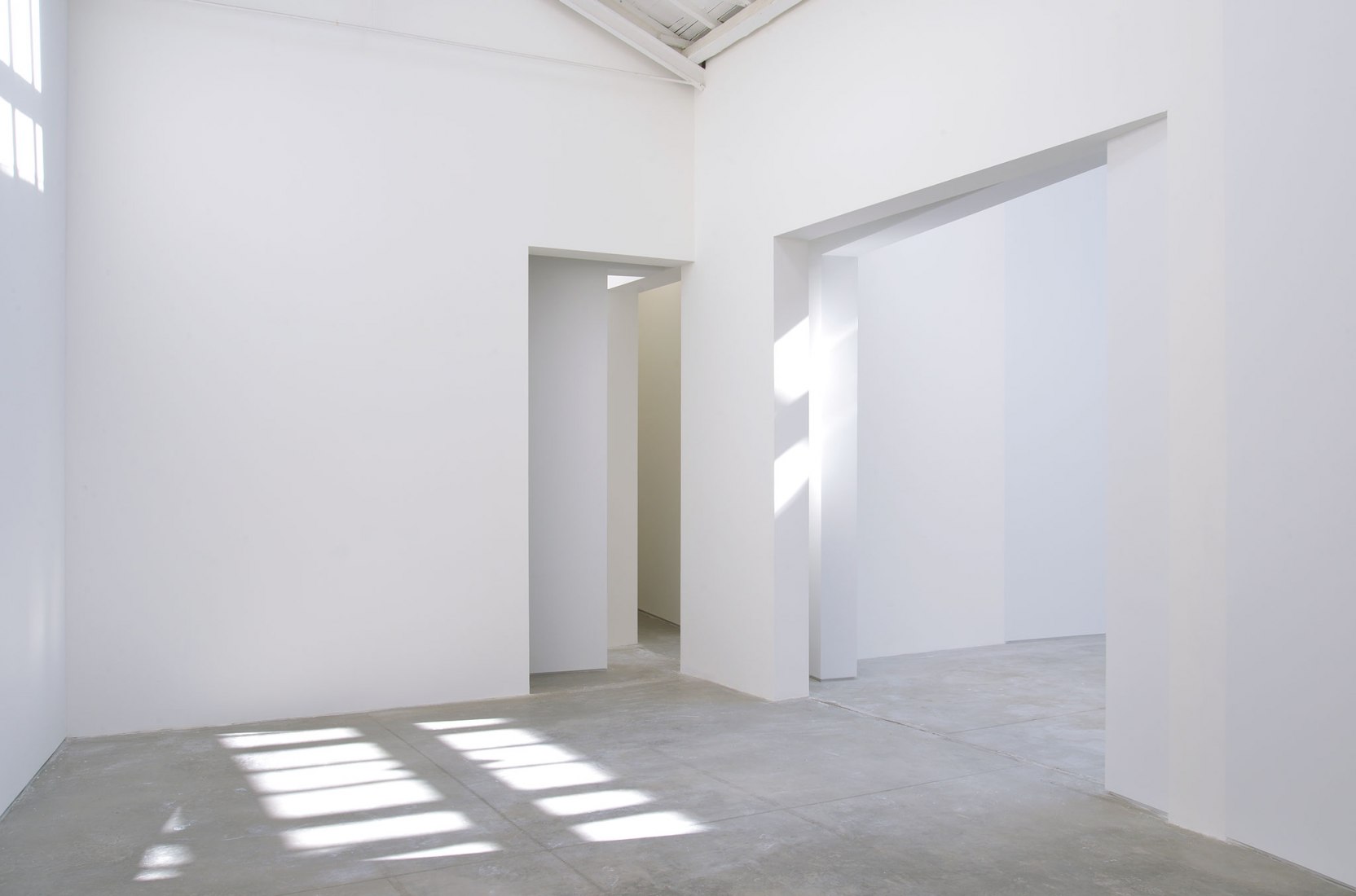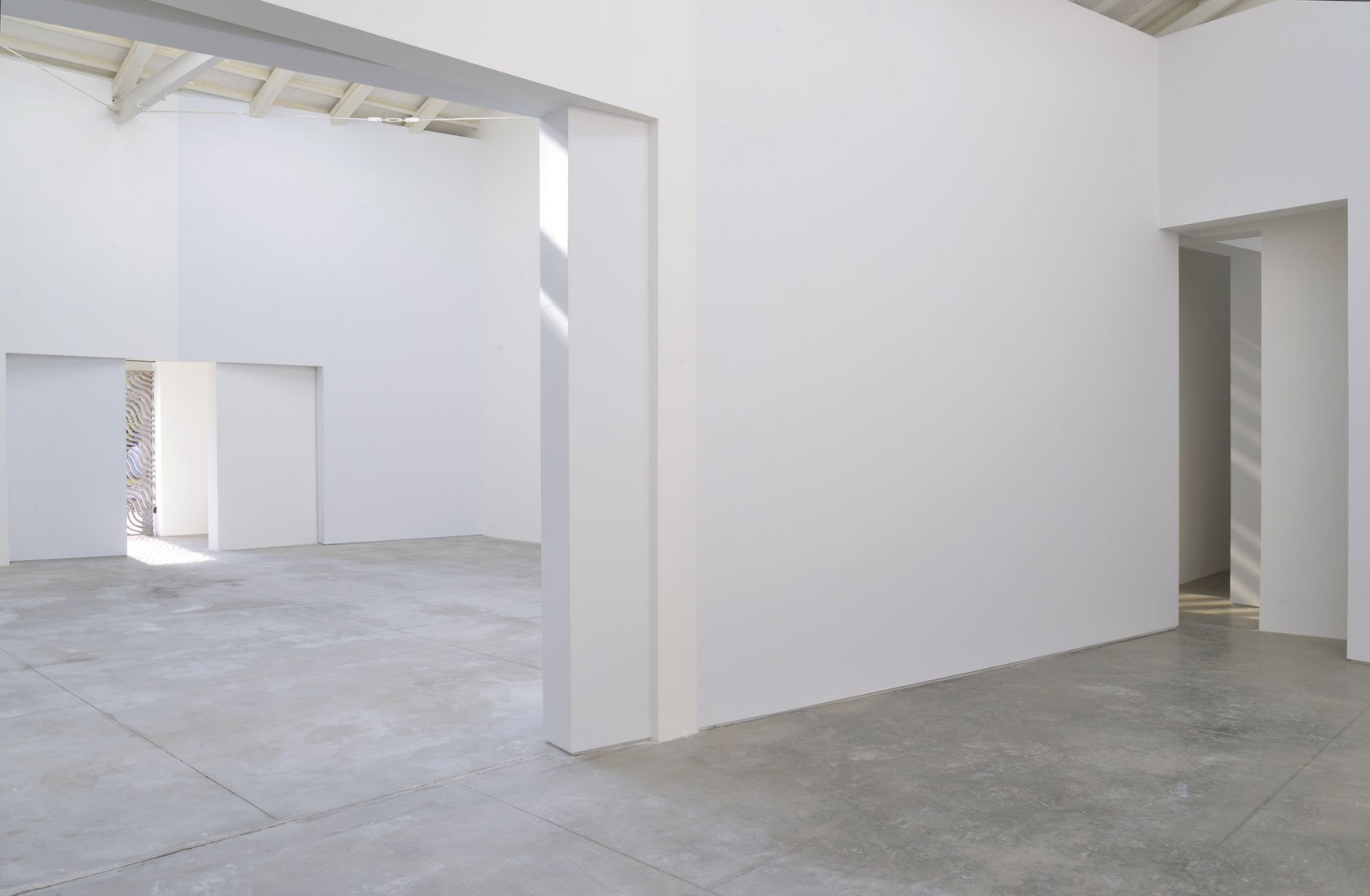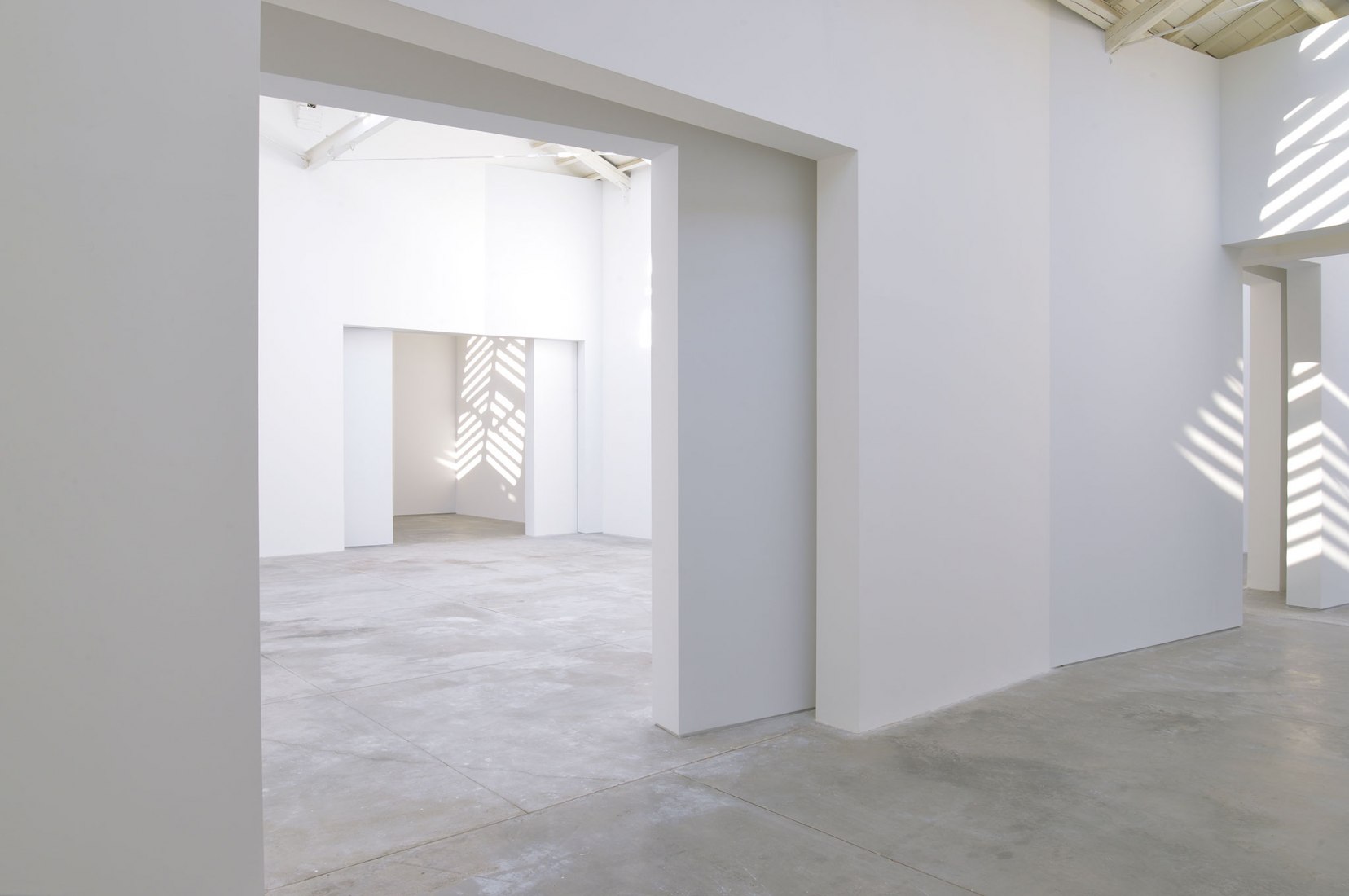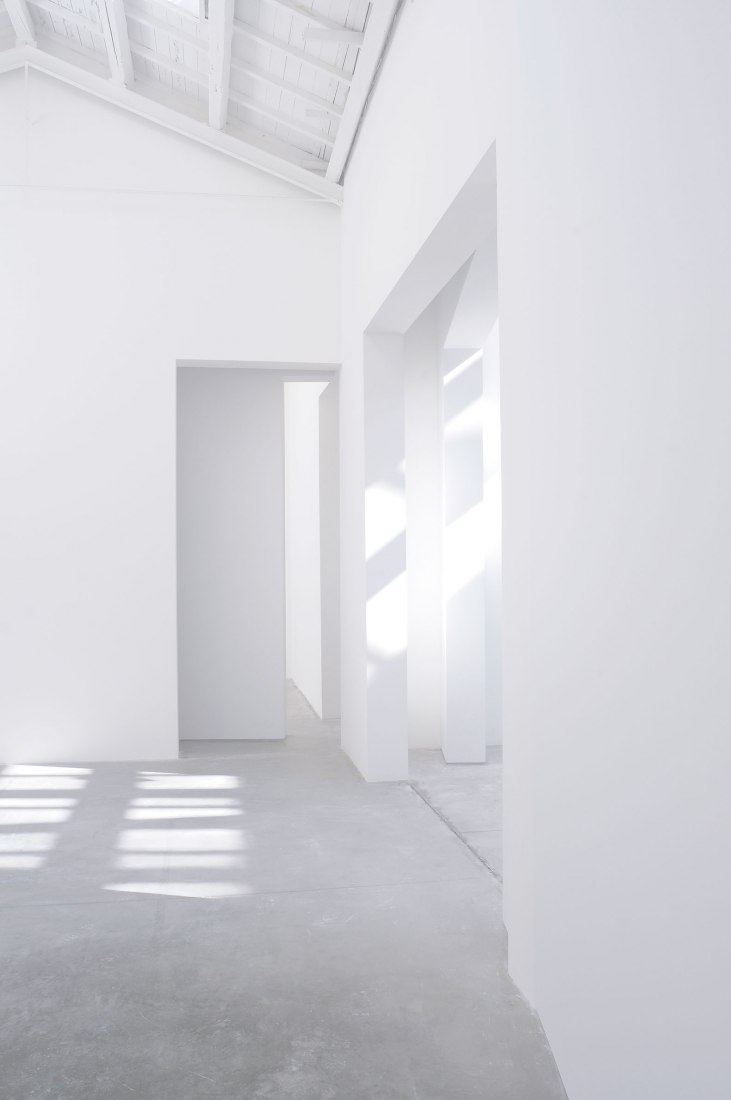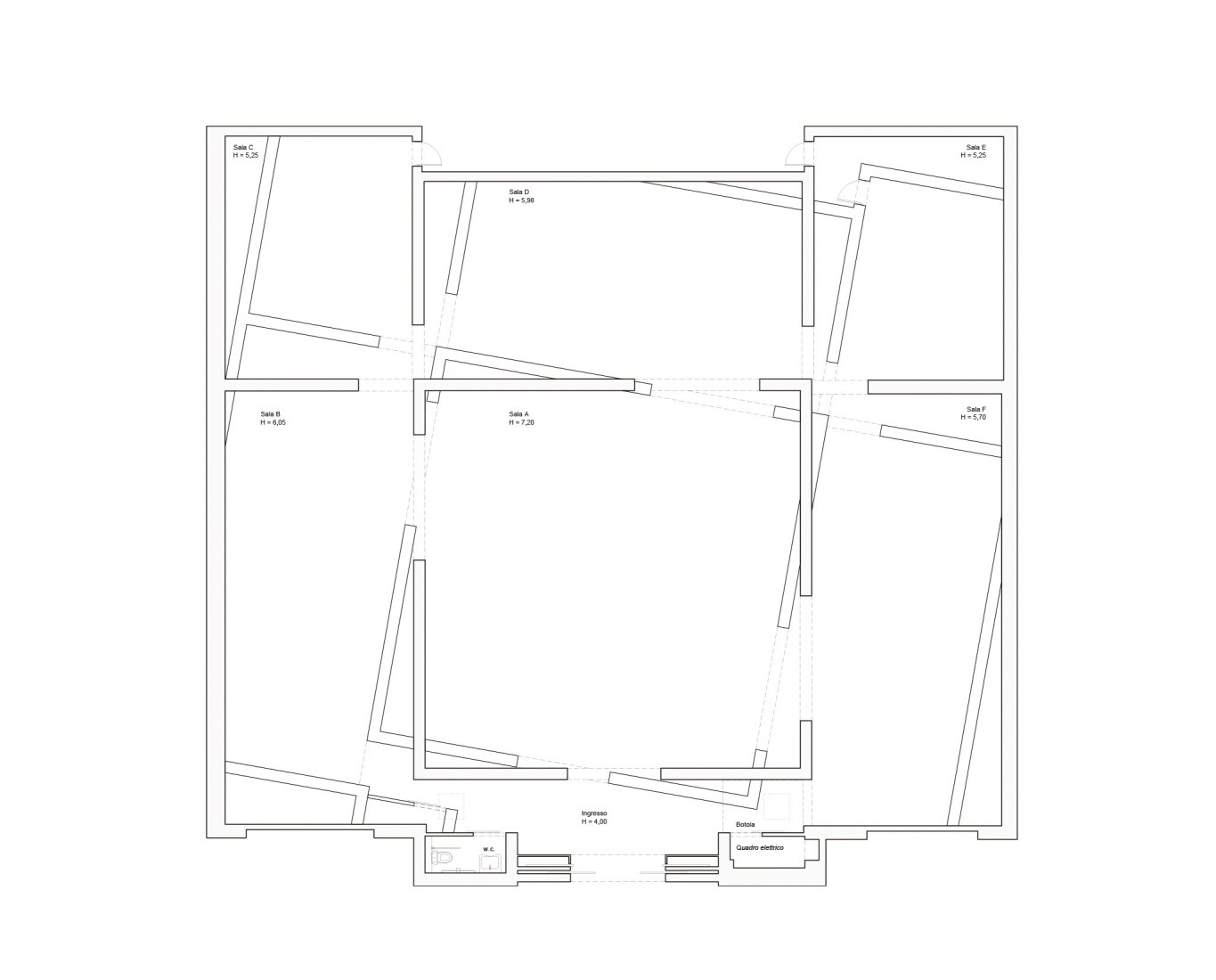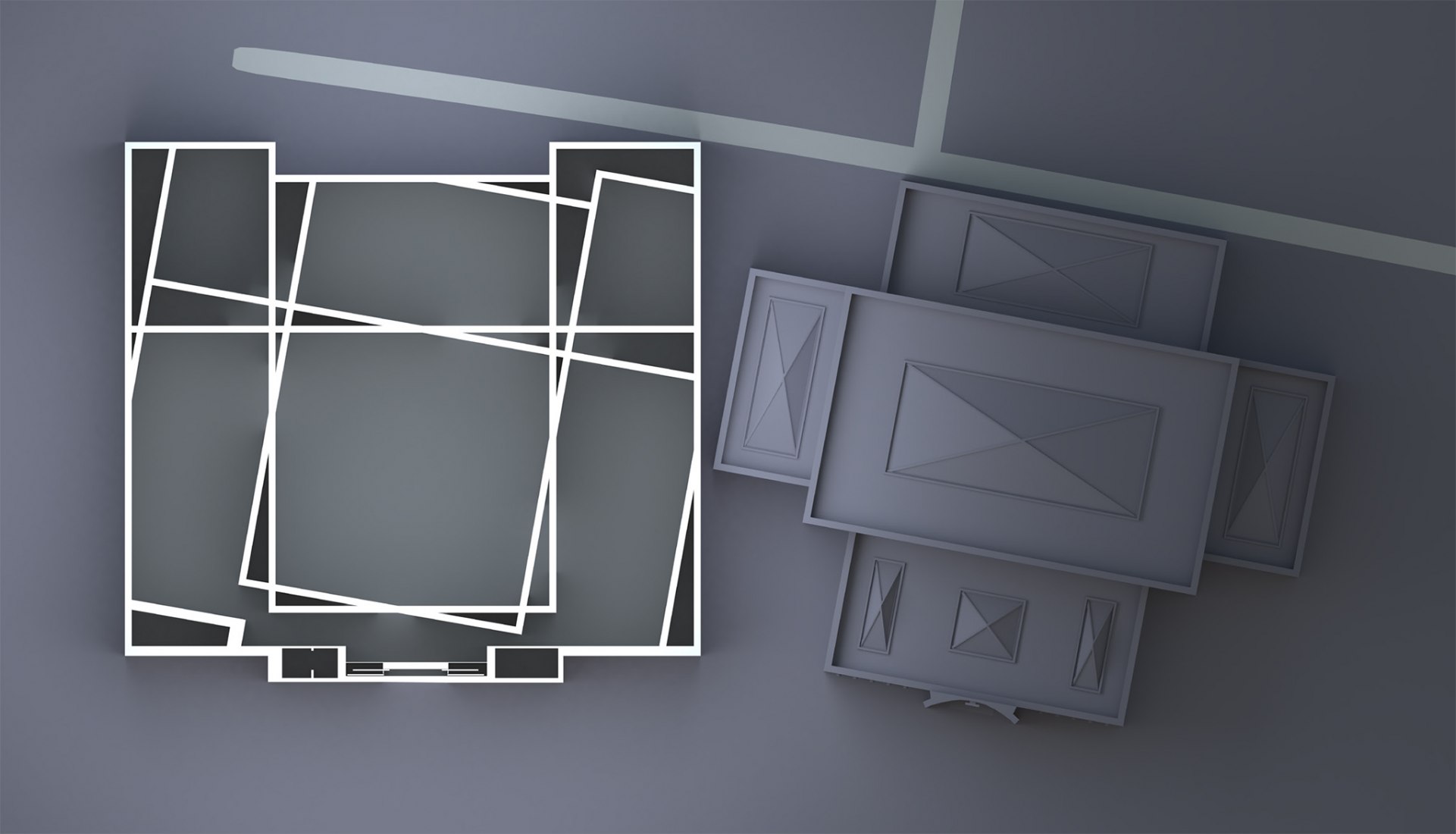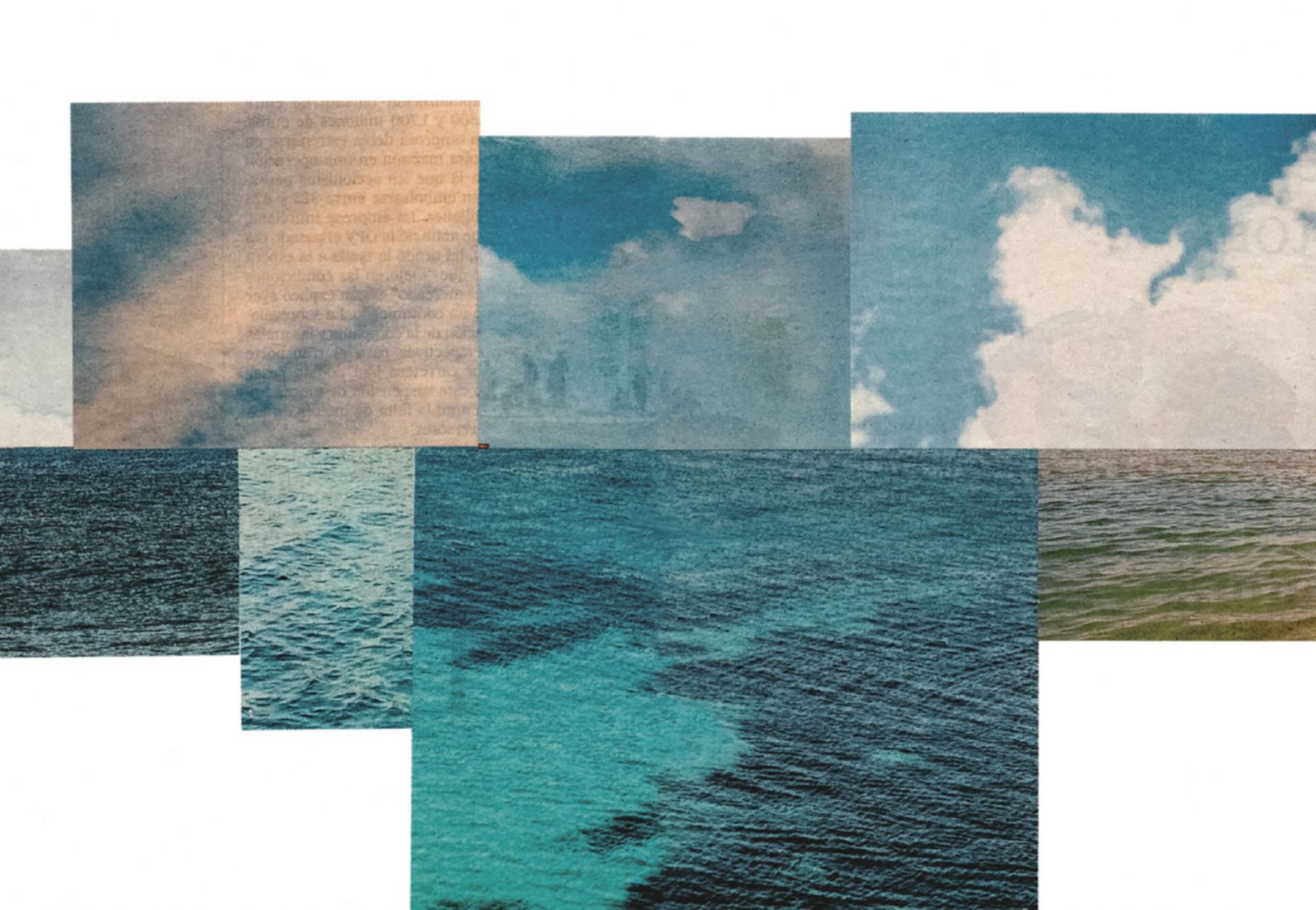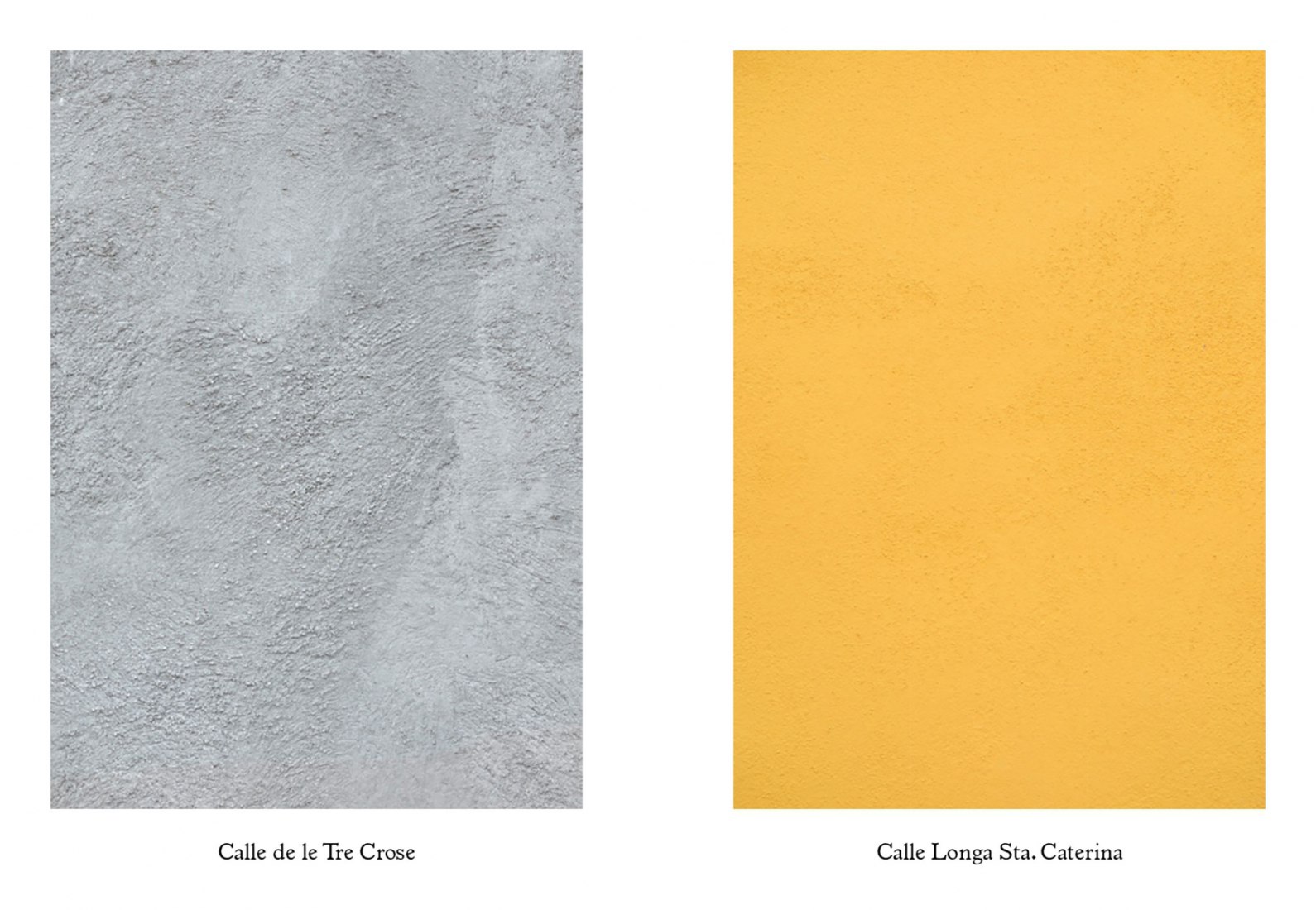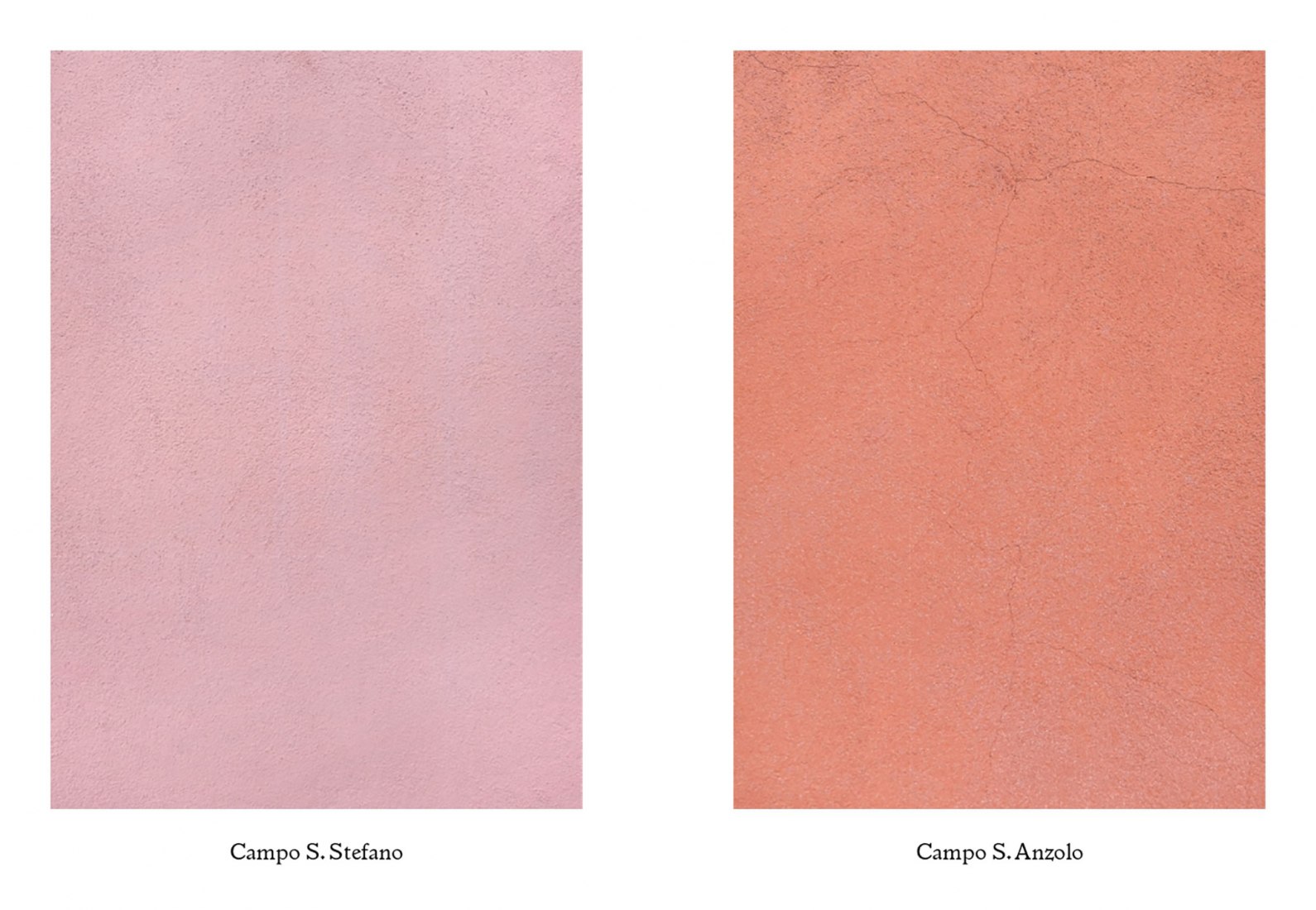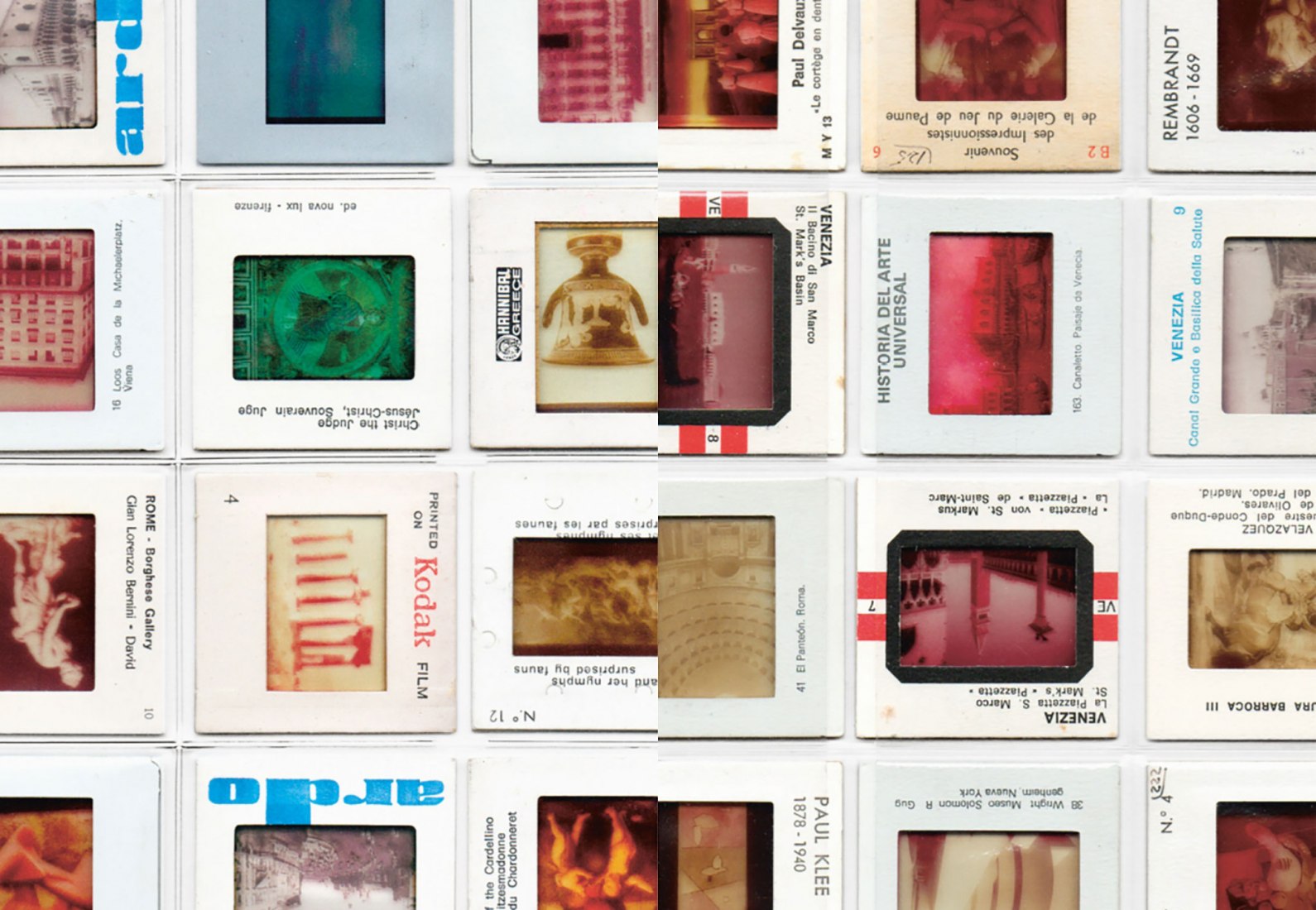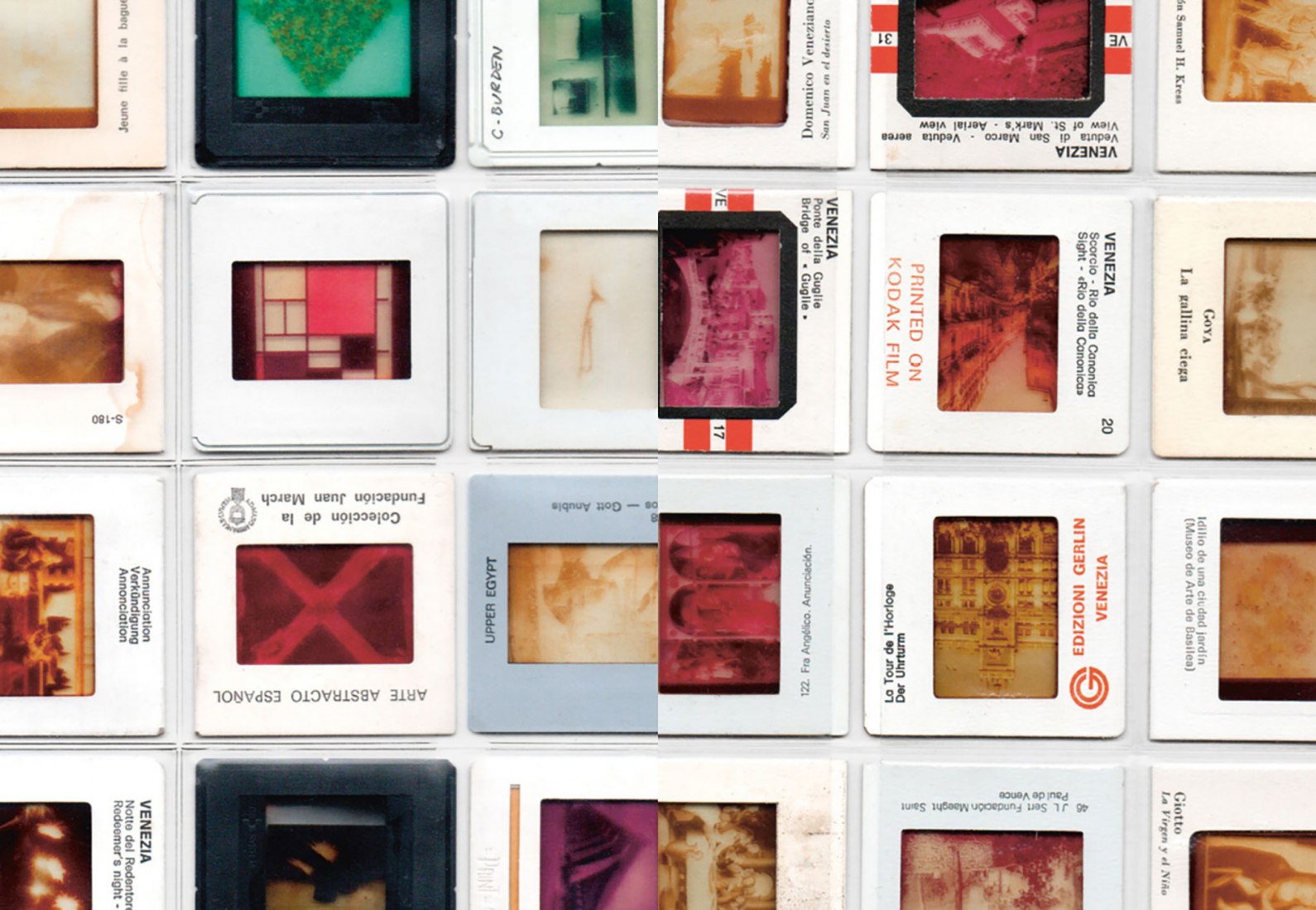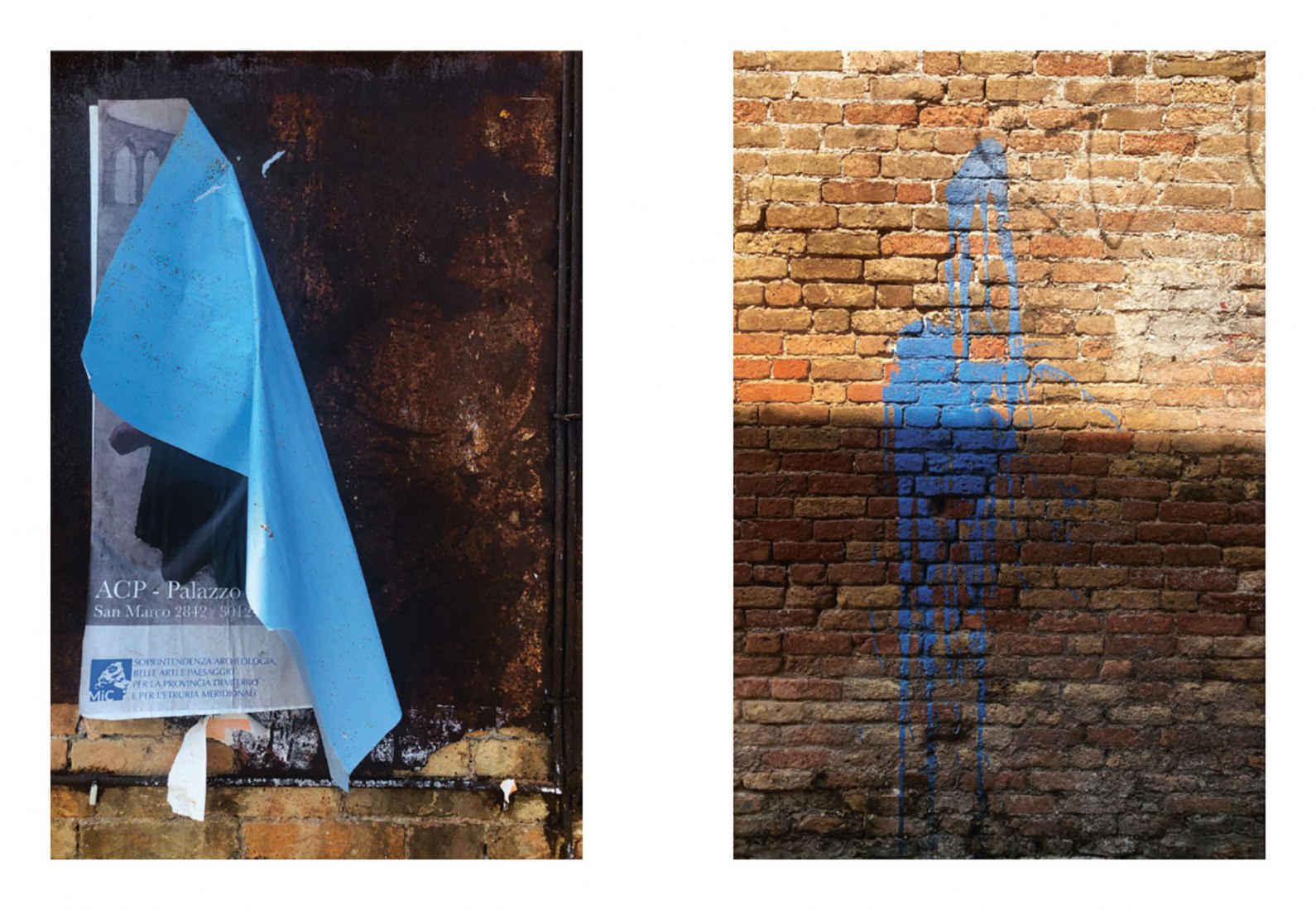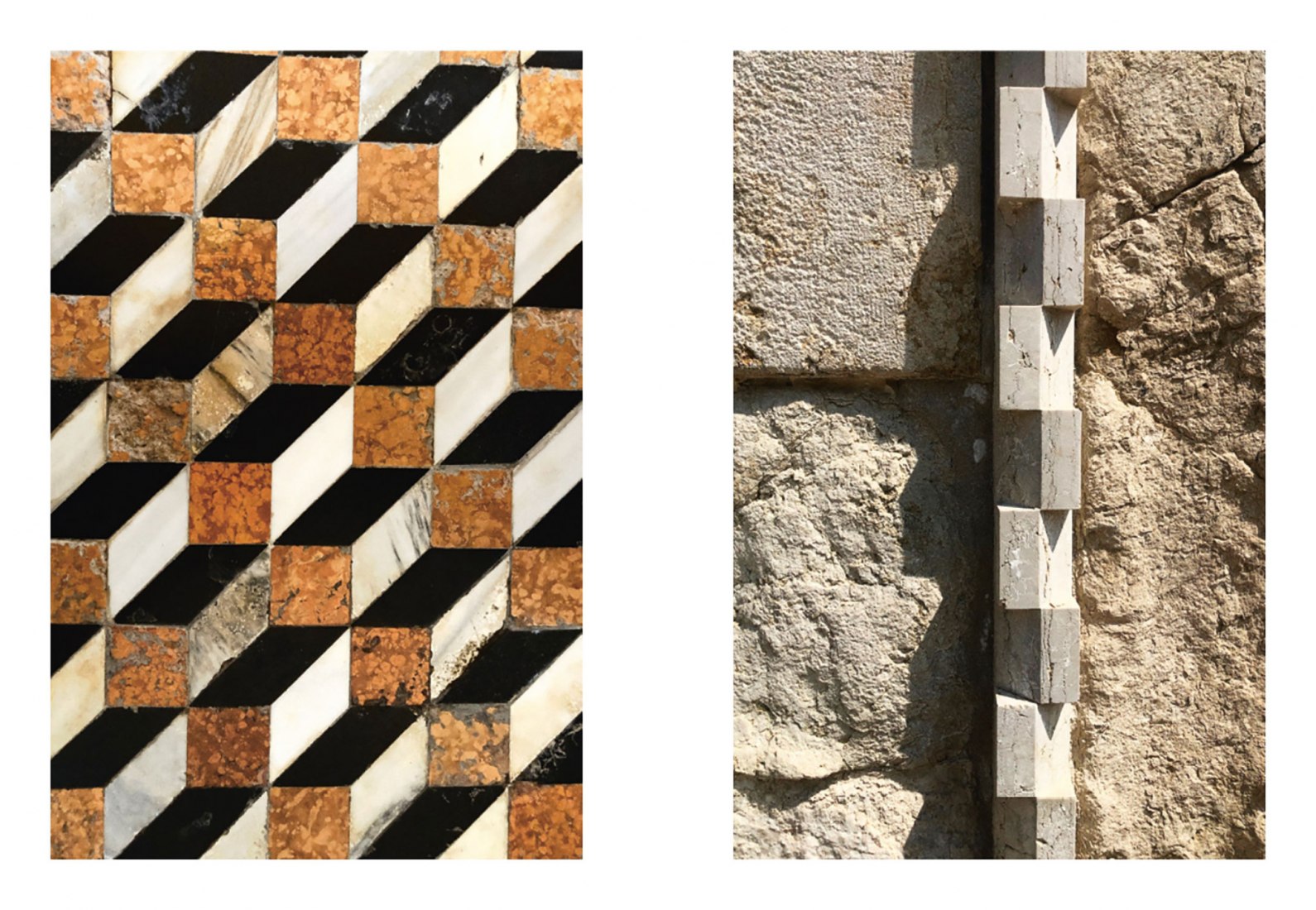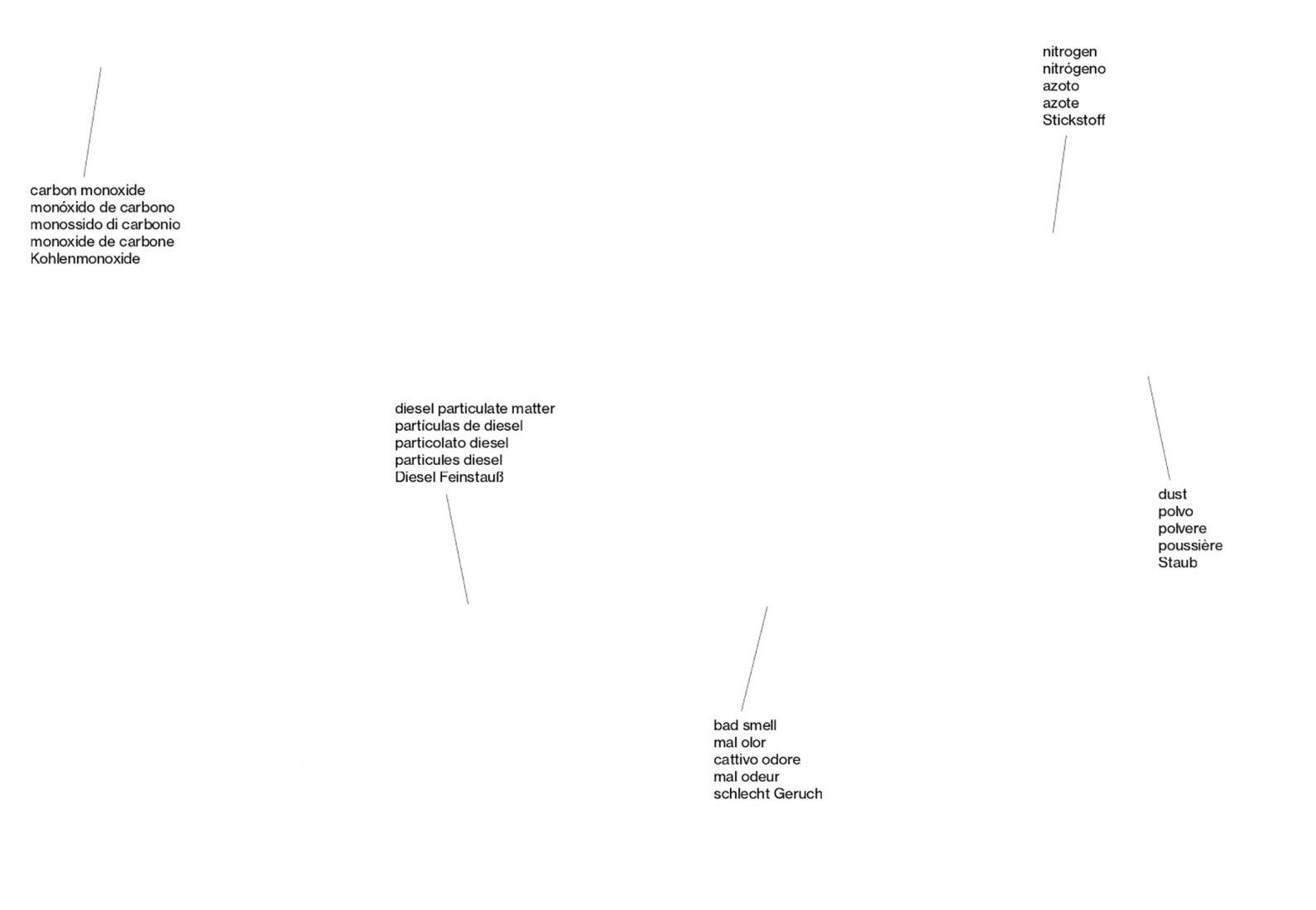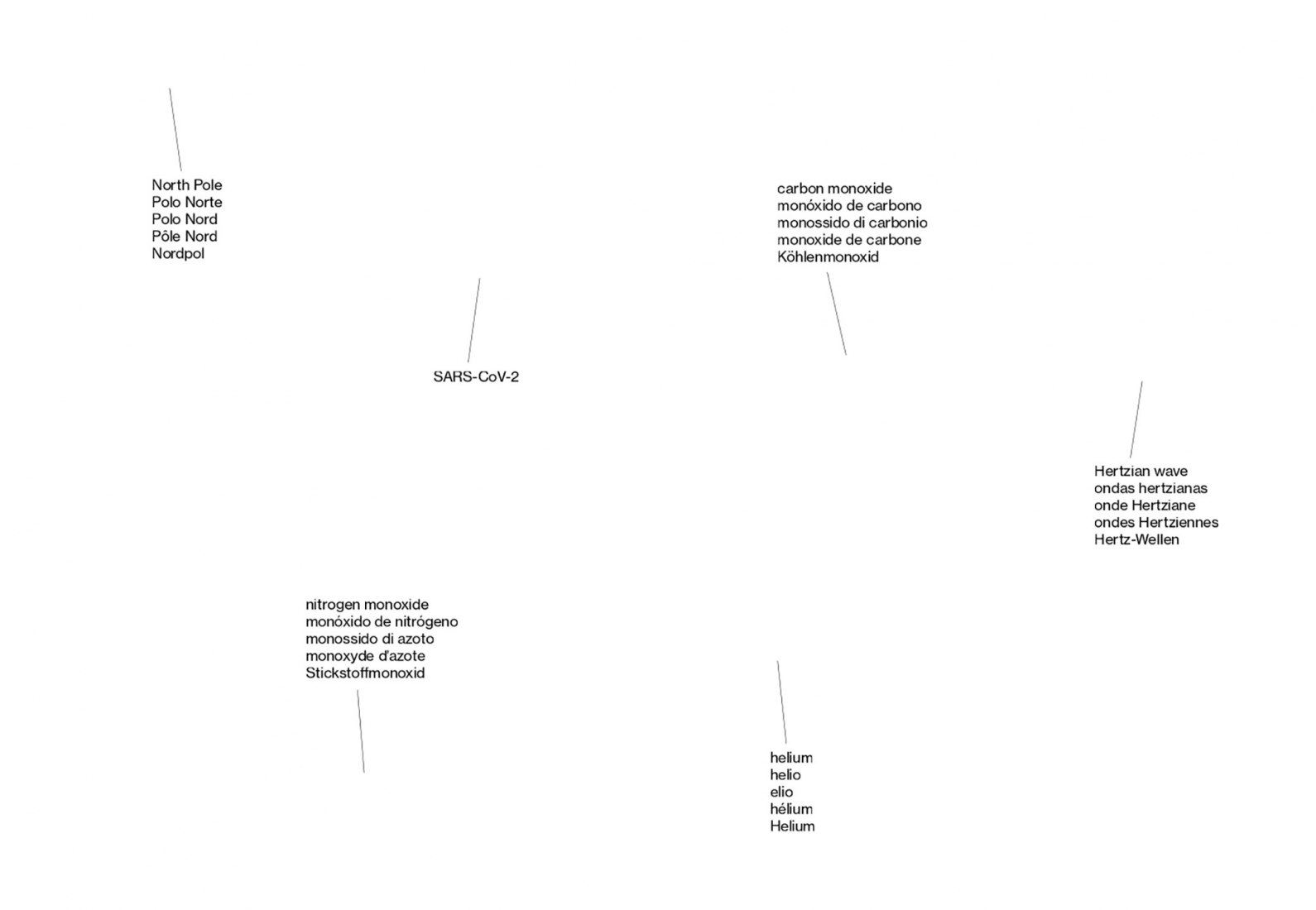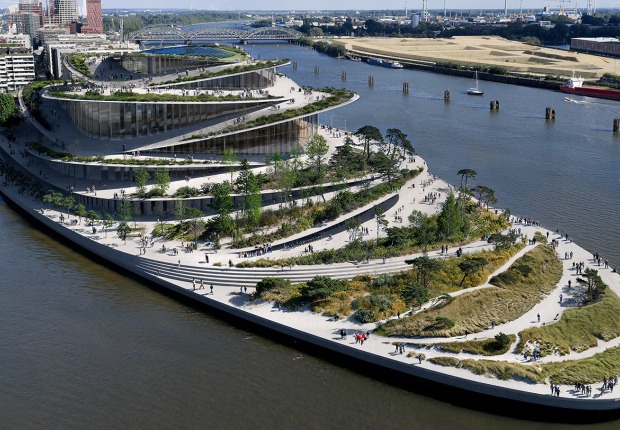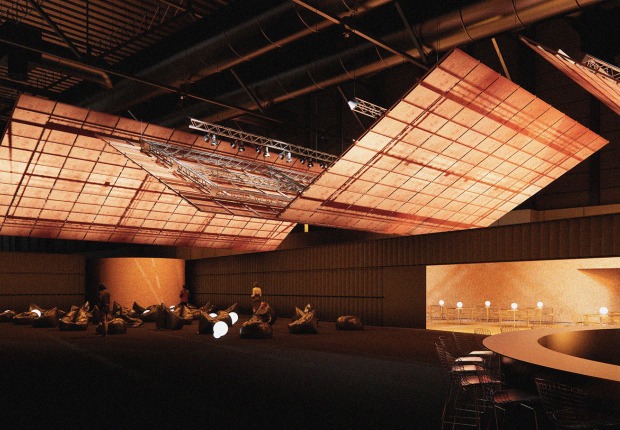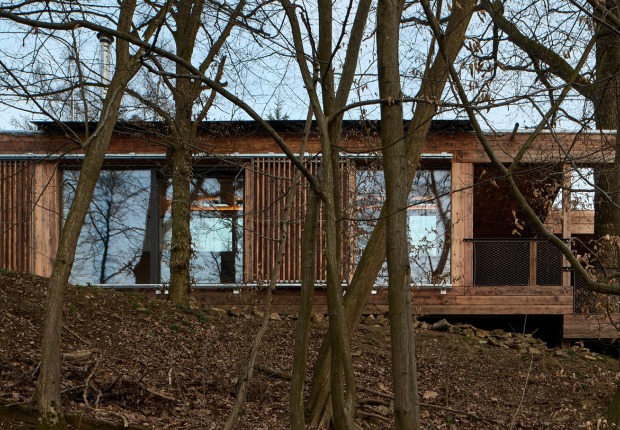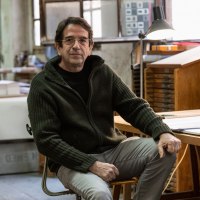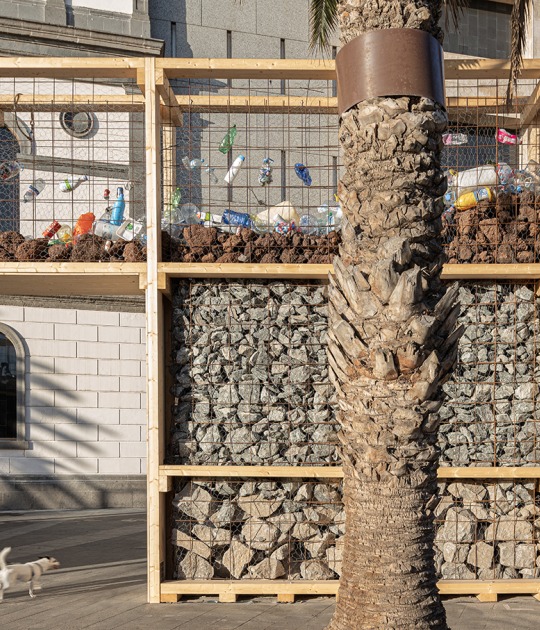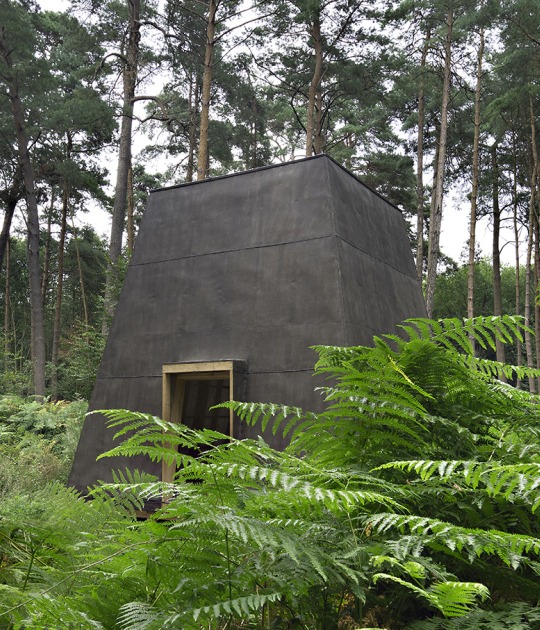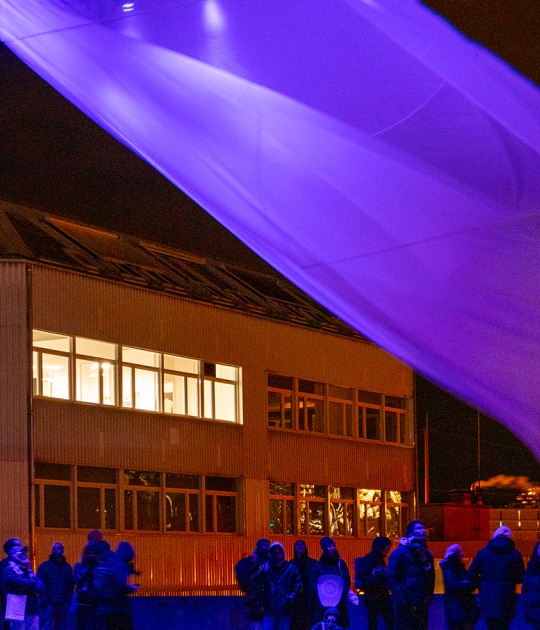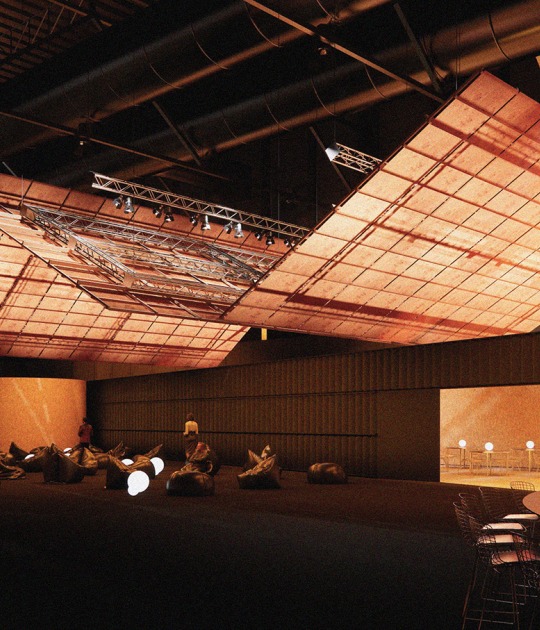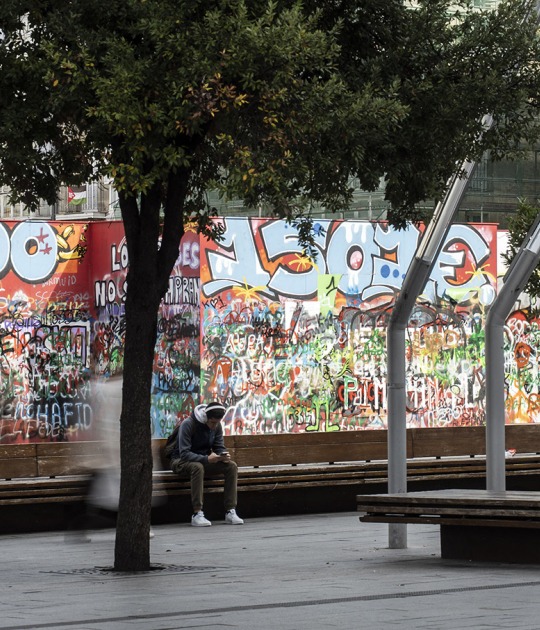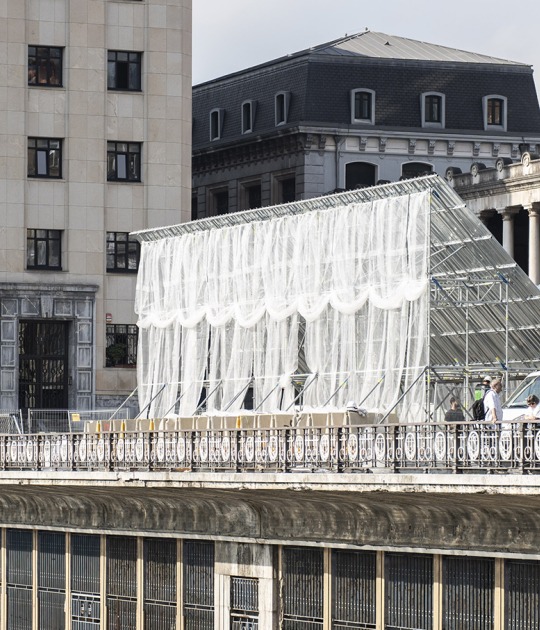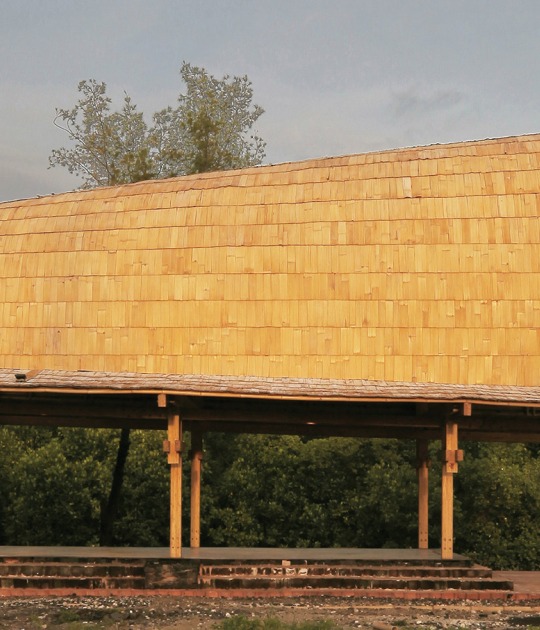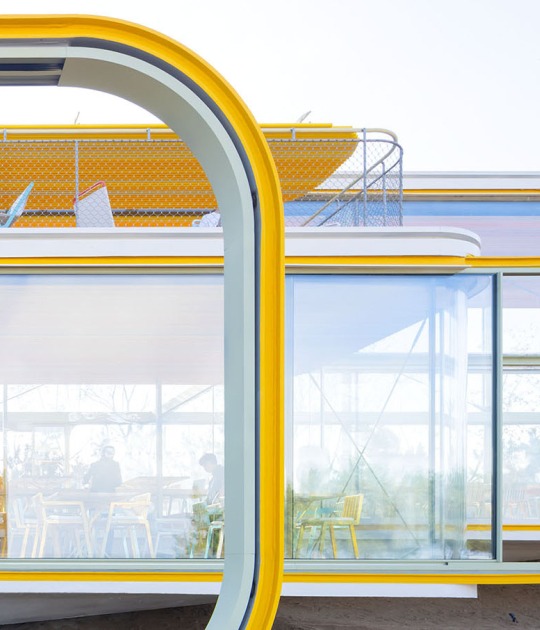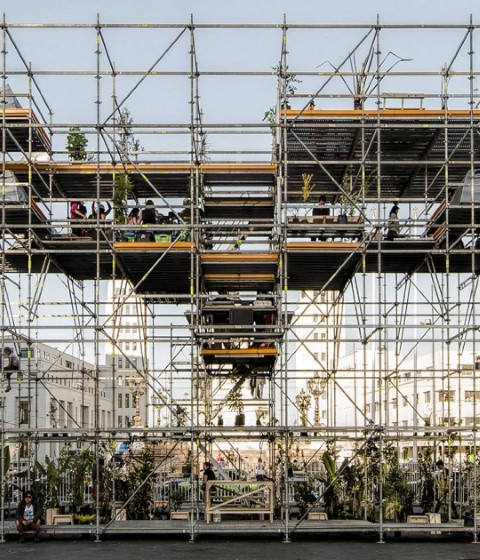Ignasi Aballí´s proposal for Venice consists of two actions: a 1:1 scale architectural intervention on the pavilion and the publication of 6 guides. Both actions have been conceived with the conceptual objective of correcting the "errors" that Aballí detected in his research by looking at the plans of the pavilion with regard to its volumetry and its relationship with the city of Venice. With the first action, Aballí alters the layout of the Spanish building by proposing a ten-degree turn in its structure, thus allowing it a sought-after alignment with the nearby pavilions in the Giardini. The second action, the publication of 6 publications, allows him to correct the generally accepted idea of what a tourist guide to the Italian city is.
An interesting design, but one that is too reminiscent of the deconstructivist proposals by Peter Eisenman."
As has been the case since 2005, the event is organized by the Ministry of Foreign Affairs, European Union, and Cooperation through the Spanish Agency for International Development Cooperation (AECID) and co-organized by Acción Cultural Española (AC/E).
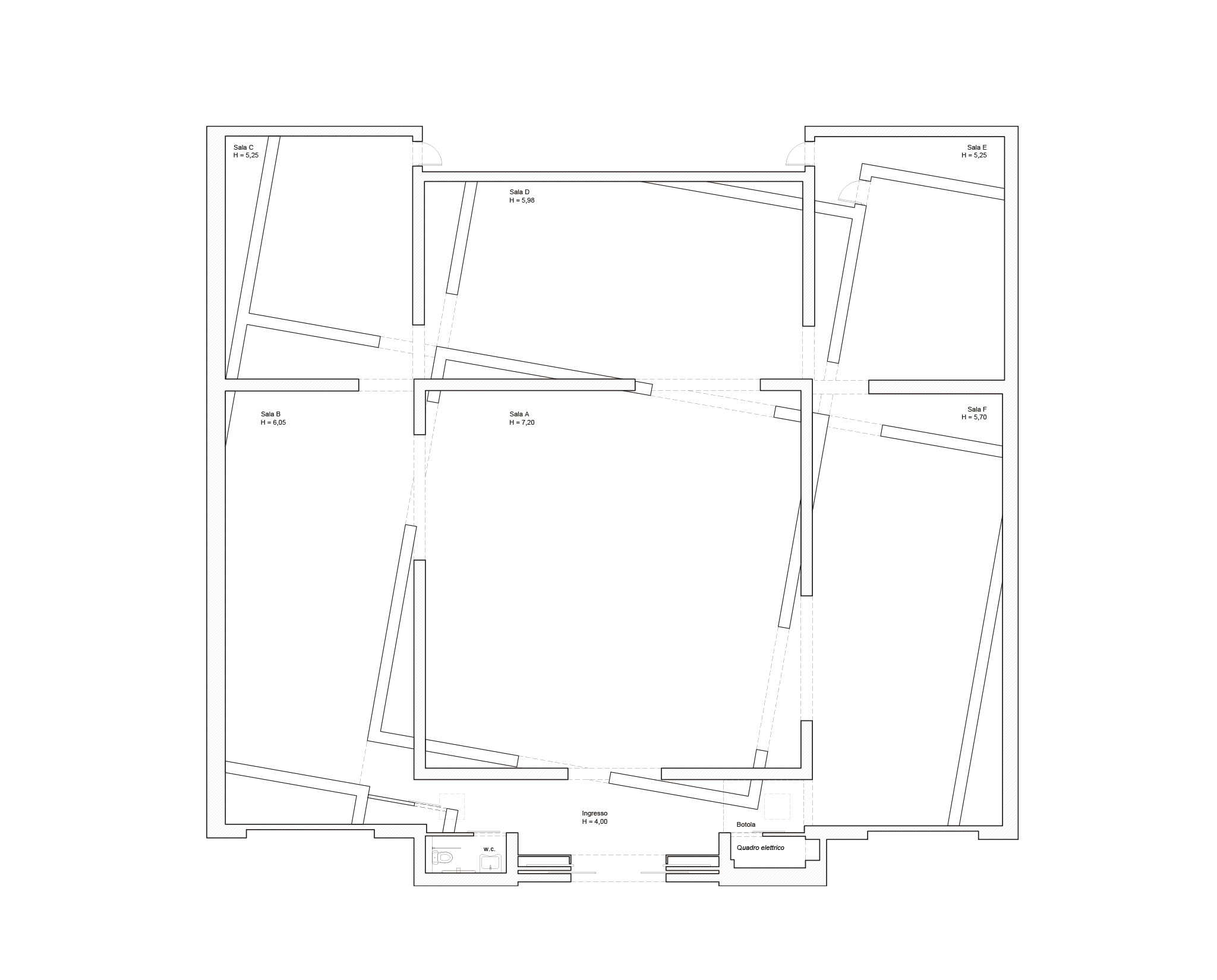
Floor plan. "Corrección" Spanish Pavilion by Ignasi Aballí.
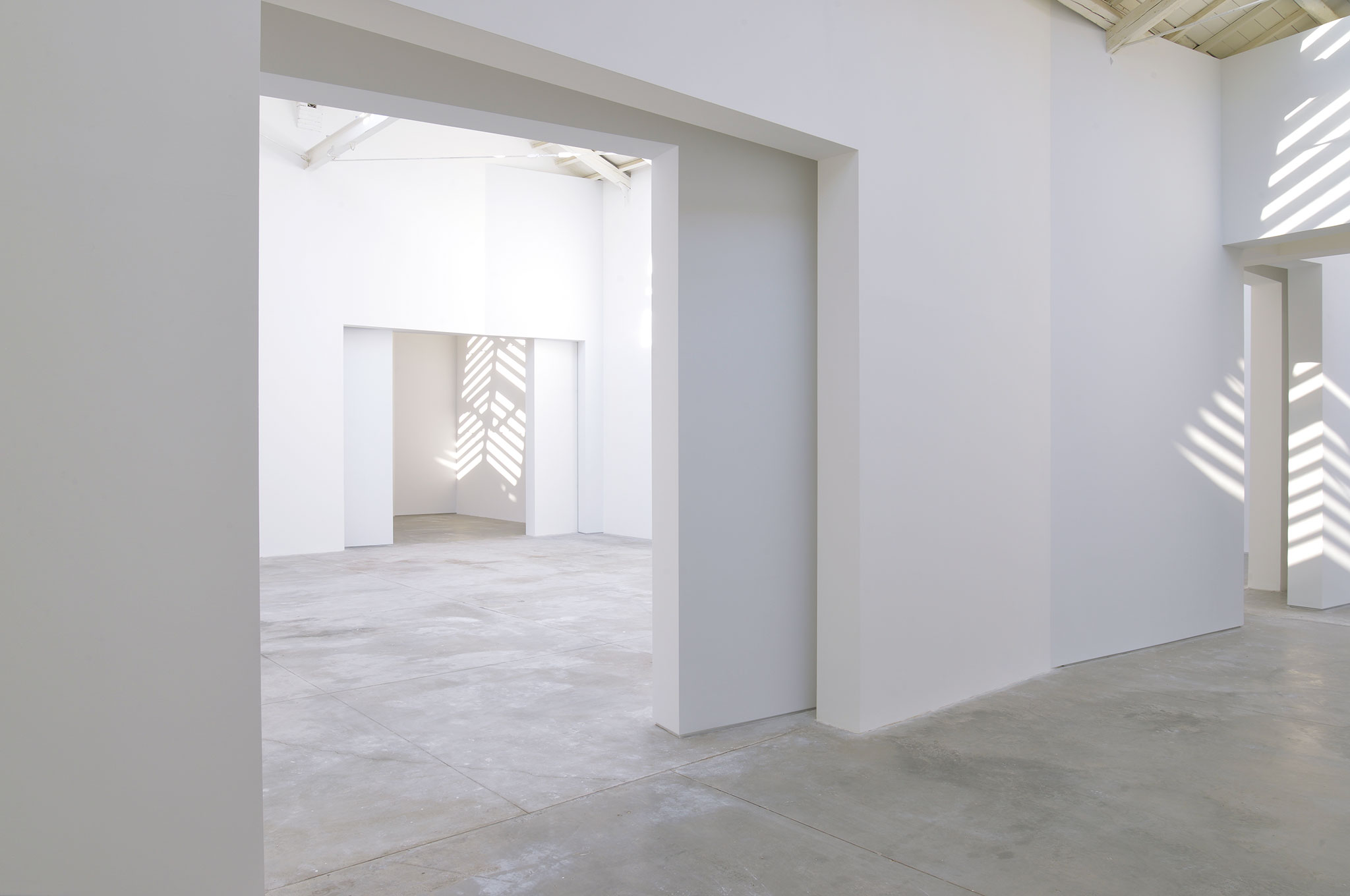
Corrección por Ignasi Aballí. Fotografía por Claudio Franzini
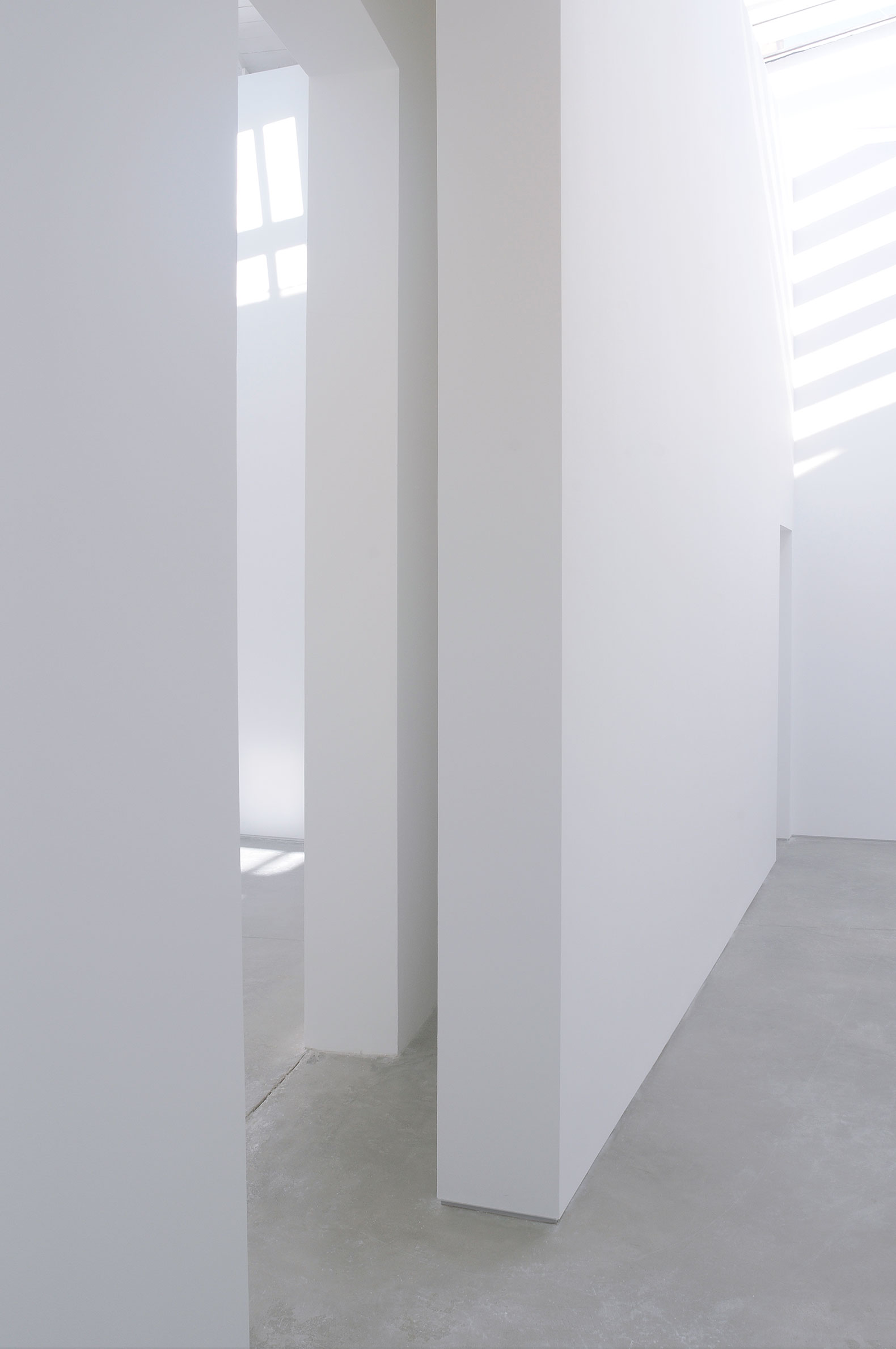
Corrección por Ignasi Aballí. Fotografía por Claudio Franzini
«Correction» Ignasi Alballí
by Bea Espejo
The theory of errors says that misalignment is at the origin of everything. Physics confirms this: the universe is based on a mismatch. The amount of matter and antimatter should have been equal, but an imbalance between the two gave rise to the Big Bang. Nothing would exist without this infinitesimal malfunction. A small, almost invisible limp on which almost everything oscillates. Unbalance to rebalance, Robert Bresson used to say, proposing another way of looking. This is where Ignasi Aballí's work is based. All his works are a challenge to the viewer's perception, including Corrección, the proposal for the Spanish Pavilion at the 2022 Venice Biennale.
The starting point is apparently simple: rotate the Spanish Pavilion. Located in one of the corners of the Giardini, near the entrance to the Biennale site, the building appears slightly offset from the neighboring pavilions, Belgium and Holland. From that corner, it looks like a blind pavilion. It was this apparent mistake that Ignasi Aballí made when he looked at the plans. On the one hand, in the disturbing proximity to Belgium, where the walls of both pavilions seem to touch. On the other, in the wasted space at the back of the Spanish pavilion, in Calle Paludo. On the assumption that the current location was an anomaly, what would happen if the Pavilion were moved to level with the rest of the adjoining buildings? And what changes would such a correction imply?
To start from an alleged error in the location of the building of the Spanish Pavilion, when it is the space of the country you represent, is a bold gesture in itself. It is no less daring to act as a corrector in a context such as the Venice Biennale. To try to turn it around to put it on the same spatial level as the others causes an even greater deviation than the one that already exists, not only physically but also symbolically. The original exhibition space is blurred, becoming a much more confusing and labyrinthine one, full of twists and turns. Doesn't this happen when we often visit biennials? The turn Ignasi Aballí proposes is, moreover, a minimal but titanic movement that opens up to one of the intrinsic contradictions of his work: the idea that everything has been done and it is only possible to redo. That of wanting to do as little as possible and ending up doing more than he wanted.
The correlation of the idea of correction with other related ideas is not trivial either. Straightening, straightening, straightening, straightening, straightness... everything overflies the sense of what is proposed here. Why correct a pavilion that another has taken for valid? Why compare oneself with one's neighbor? Why make the effort to lose space? Why waste the space of the pavilion? In Ignasi Aballí's eyes, it has to do with someone who raises an eyebrow at a pot of paint without really knowing what to do with it. In his hands, error and correction are working materials, like dust, routine, ink pen, or newspaper clippings. In his interest in expanding the traditional limits of the pictorial, he looks attentively at how some materials can become something else, always giving minimal clues and making hardly any concessions. Such is the map that locates Aballí's six books on Venice, the second proposal put forward for the biennial. Small guides that also correct the more touristy image of a city that is at times as crooked as the Spanish Pavilion is in relation to its neighboring buildings.
Ignasi Aballí's entire project for the Spanish Pavilion raises more questions than it answers. It functions both as a meta-exhibition and as a disappearance. It also starts from a possible error to provoke a greater one, a double error. The impossibility of the two spaces being able to coexist without both making concessions. The attempt to compare oneself to others, knowing that this route leads nowhere. The invitation to leave the Giardini to look for some books while surely spending the time to see the biennial. The curricular expectation of arriving at an event like Venice and wasting the exhibition space. The visual game of leaving the pavilion apparently empty and, at the same time, extremely full. A pavilion that reveals a disjointed image of Spain that, in turn, is the usual landscape of Venice.
